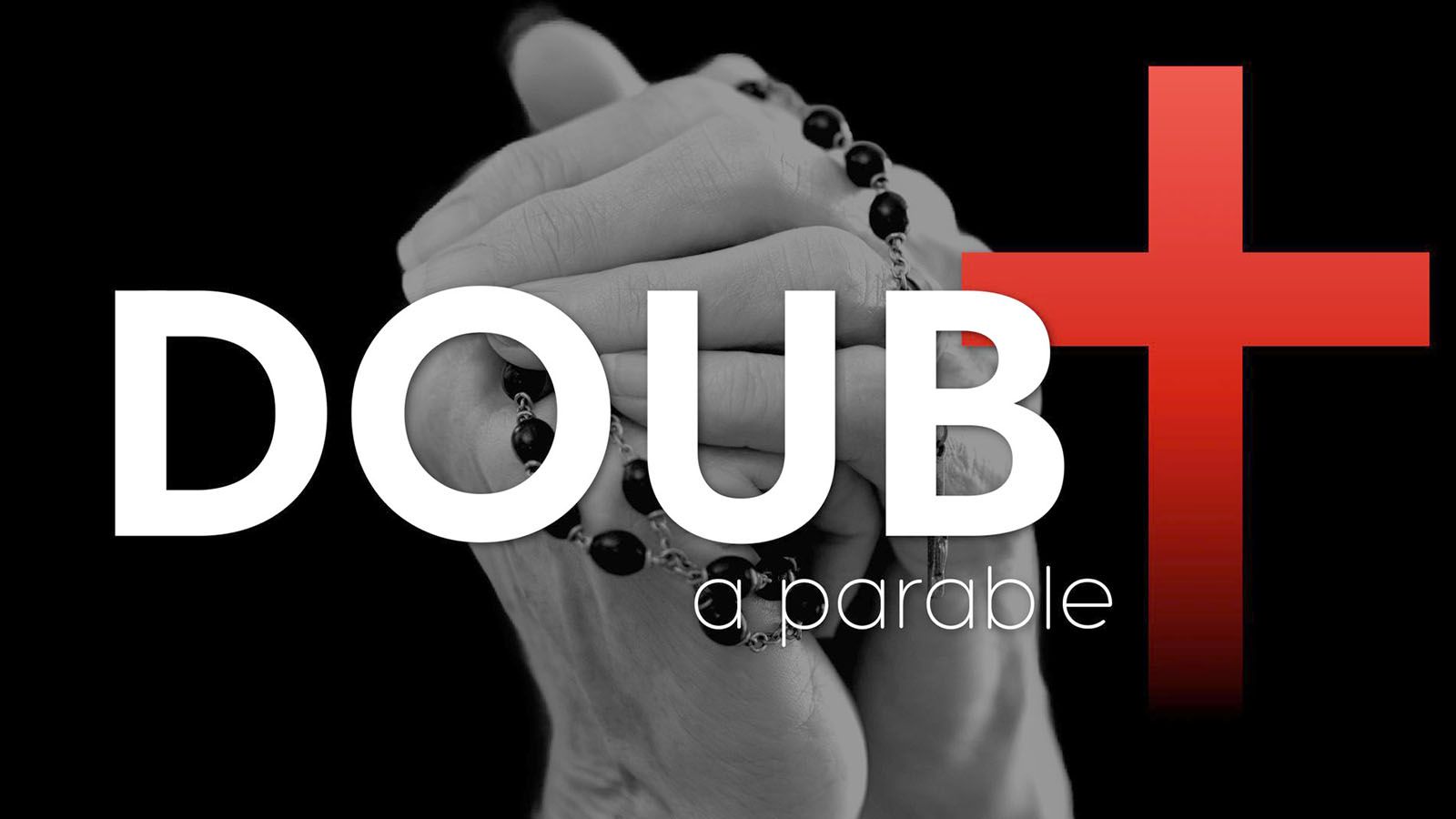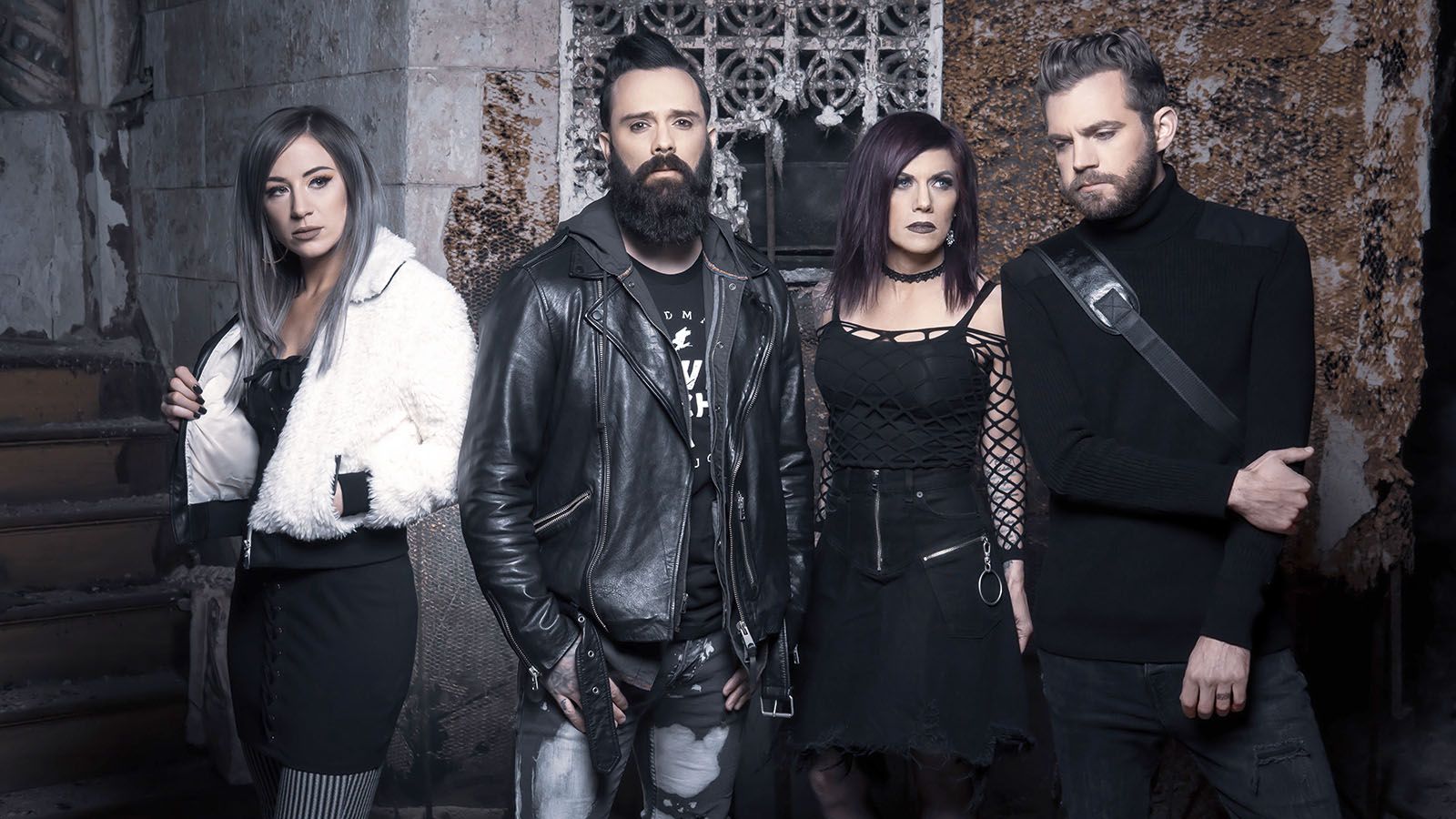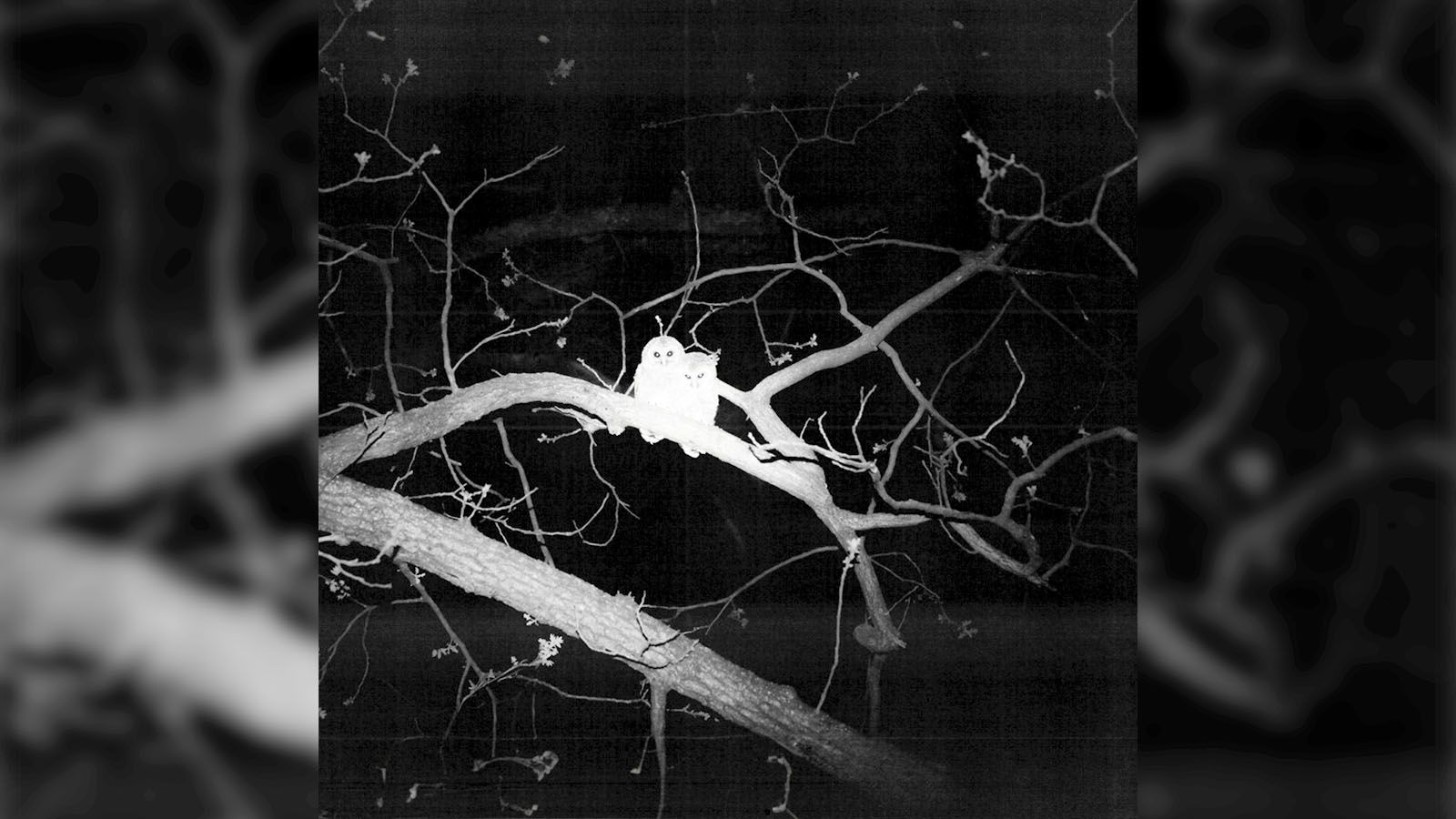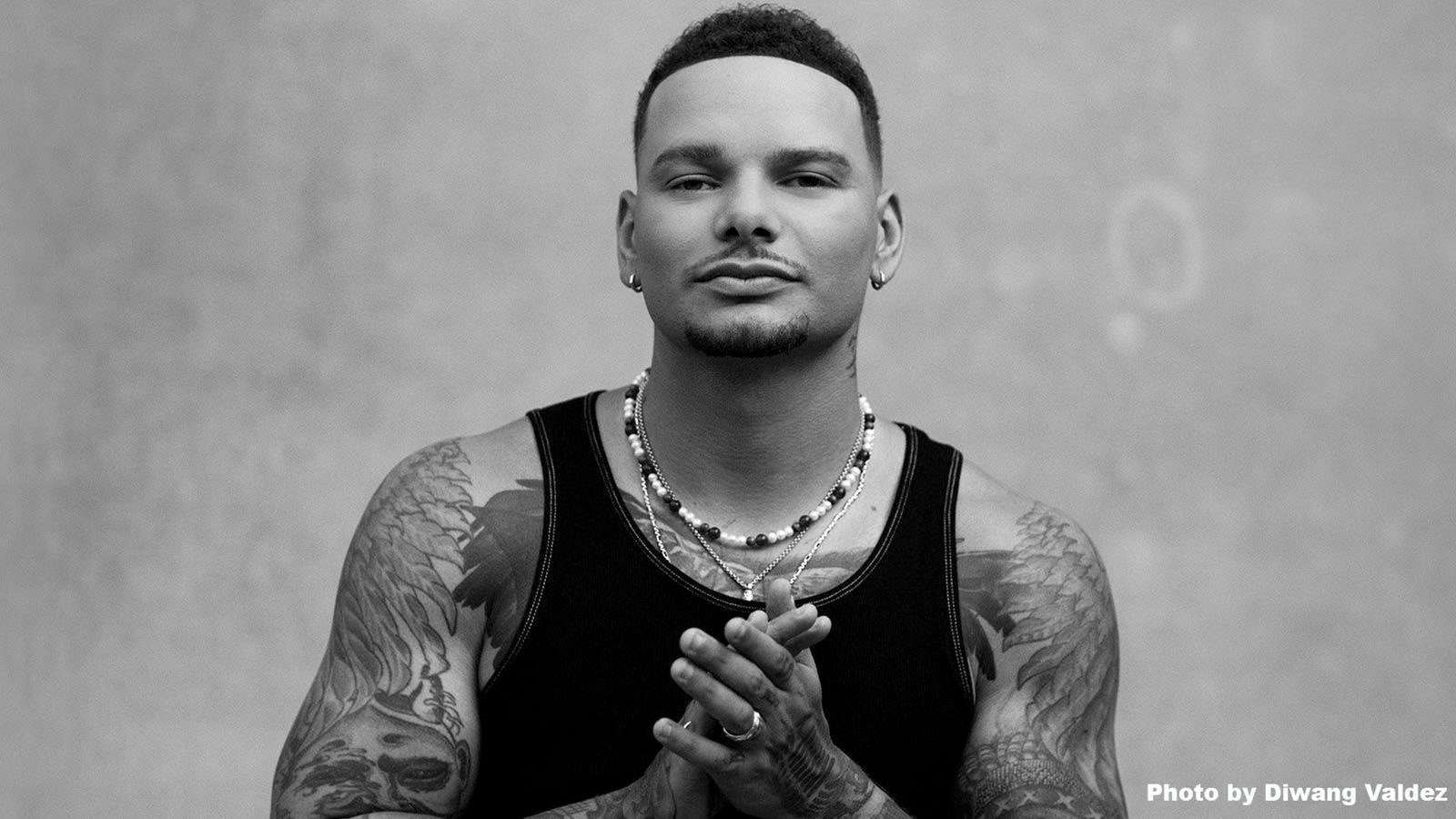Three Rivers Music Theatre is getting into the habit of bringing award-winning plays to the stage.
Last season, the company brought a compelling production of August: Osage County. This season, they are challenging their audiences with the 2005 Pulitzer Prize-winning Doubt: A Parable by John Patrick Shanley.
The production, playing at Three Rivers Music Theatre’s space just off Wells Street, opens Nov. 7 and plays weekends through Nov. 24.
‘Doubt’
Three Rivers Music Theatre
8 p.m. Friday-Saturday, Nov. 8-9
6 p.m. Sunday, Nov. 10
8 p.m. Friday-Saturday, Nov. 15-16
6 p.m. Sunday, Nov. 17
8 p.m. Friday-Saturday, Nov. 22-23
6 p.m. Sunday, Nov. 24
Three Rivers Music Theatre
416 W. 4th St., Fort Wayne
$21.60-$32.15 · info@threeriverstheatre.com
Relevant story
The play, which Shanley produced as an Oscar-nominated film in 2008 starring Philip Seymour Hoffman, Meryl Streep, Amy Adams, and Viola Davis, has recently been revived on Broadway.
It was a “timely choice” says the show’s director Andy Planck.
“I was especially taken with how relevant the subject matter still is,” Planck said. “We’re 60 years beyond the plot of the story, and we still face many of the same challenges. In an era where issues of intersectionality are increasingly recognized, Doubt serves as a powerful lens through which we can examine how societal structures impact the truth we choose to believe and the stories we choose to amplify. It urges us to embrace complexity and engage in difficult conversations about power, privilege, and the necessity of doubt in seeking justice and understanding.”
Actress Kate Black, who plays Sister Aloysious Beauvier, shares Planck’s opinion.
“I think the big take-home for me is that hard choices sometimes have to be made,” she said. “And a price will be paid for them, one way or the other. If you’re going to live in the world, you have to be ready to put your money where your mouth is, and then pay the price if that’s necessary.
Playing the role of Father Brendan Flynn is Dan Ambrose sees the show as a reflection of what we currently see in society.
“People are going to leave the play feeling a lot of feelings and having lots of thoughts about what they think is real,” he said. “And about how we have to discern what’s real and what’s not and what you can move forward with. What can you cancel somebody over? What should you, what shouldn’t you? Cancel culture is just rampant and can get just about anybody. It’s cyclically relevant.”
The four-person cast is rounded out by Tamara Cummins, who plays Mrs. Muller, and Alyssa Wellington, playing Sister James.
Character complexities
The production is set in a Catholic school in the Bronx in 1964 where Sister Aloysious serves as principal. The sister faces concerns about the young and progressive Father Flynn and battles uncertainty and conscience throughout the course of the play.
The setting is another of the things that Planck finds relevant to current audiences.
“The play’s setting — a Catholic school — highlights how institutional hierarchies can shape perceptions and interactions, particularly for marginalized voices,” he said. “Today, as discussions around racial equity and gender equality are at the forefront of social discourse, the play’s themes resonate deeply.”
Ambrose found gender dynamics to be critical to his understanding Father Flynn is.
“Being accused of pedophilia with a boy, the father is obviously being looked at as homosexual,” Ambrose said of the central conflict between Father Flynn and Sister Aloysius. “With the mentioning of his long fingernails, I immediately kind of grasped this idea that even before there was a word for it, this character … might be on the spectrum of LGBTQ. And you know, this is probably why this character got into the priesthood in the first place.”
Black explains that the suspicion of Flynn’s sexuality that Sister Aloysius harbors is not without foundation.
“From what she has seen in her experience in the sisterhood, and from what she knows of the other parishes at which she has served, this is a problem of epic proportions, and the damage it does to the children is horrific, and she will do anything to stop it from happening again,” she said.
It’s that stance that has in the past caused some audiences to view Sister Aloysius as the villain, an opinion Black disagrees with.
“It’s really straightforward for her, all people’s perception that she is strict and mean and conservative, it may be short-sighted,” she said. “Her absolute bottom line is the safety and well-being of the children, and she doesn’t care what anybody thinks about her tactics because the safety and well-being of the children is paramount.”
“The tension between the characters — particularly between Sister Aloysius, a woman navigating a male-dominated institution, and Father Flynn, who embodies that authority — mirrors contemporary struggles against systemic bias,” Planck elaborated on the source of the characters’ tensions. “The ambiguity of the characters’ motives encourages audiences to confront their own preconceptions and the ways race and gender inform our judgments.”
Spark Conversations
Unique to this production was the decision to stage the play “in the round” with audience members on four sides, a decision that has been a treat for the actors.
“That is complicated, because that means that somebody is going to have one face and someone else’s back much of the time,” Black said. “Which for this play is kind of nice, because then you get both sides of the story. That’s certainly what we’re hoping for.”
“I think the word that would best define this play is perspective,” Ambrose said. “That would be the one thing I would say the play is driving for.”
It’s also a play that Planck hopes create difficult conversations.
“We hope to spark conversations that challenge perspectives and encourage critical thinking, making it a relevant and enriching experience for everyone regardless of background or point-of-view,” he said. “We want people to leave talking. Perhaps some of these challenging conversations could inspire a spirit of care, compassion, and collaboration at a time when we feel more divided
than ever.”
 Submit Your Event
Submit Your Event




